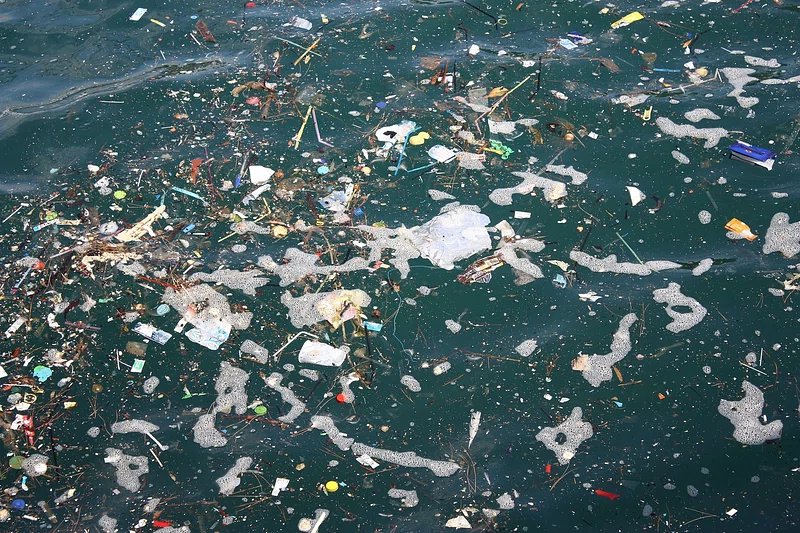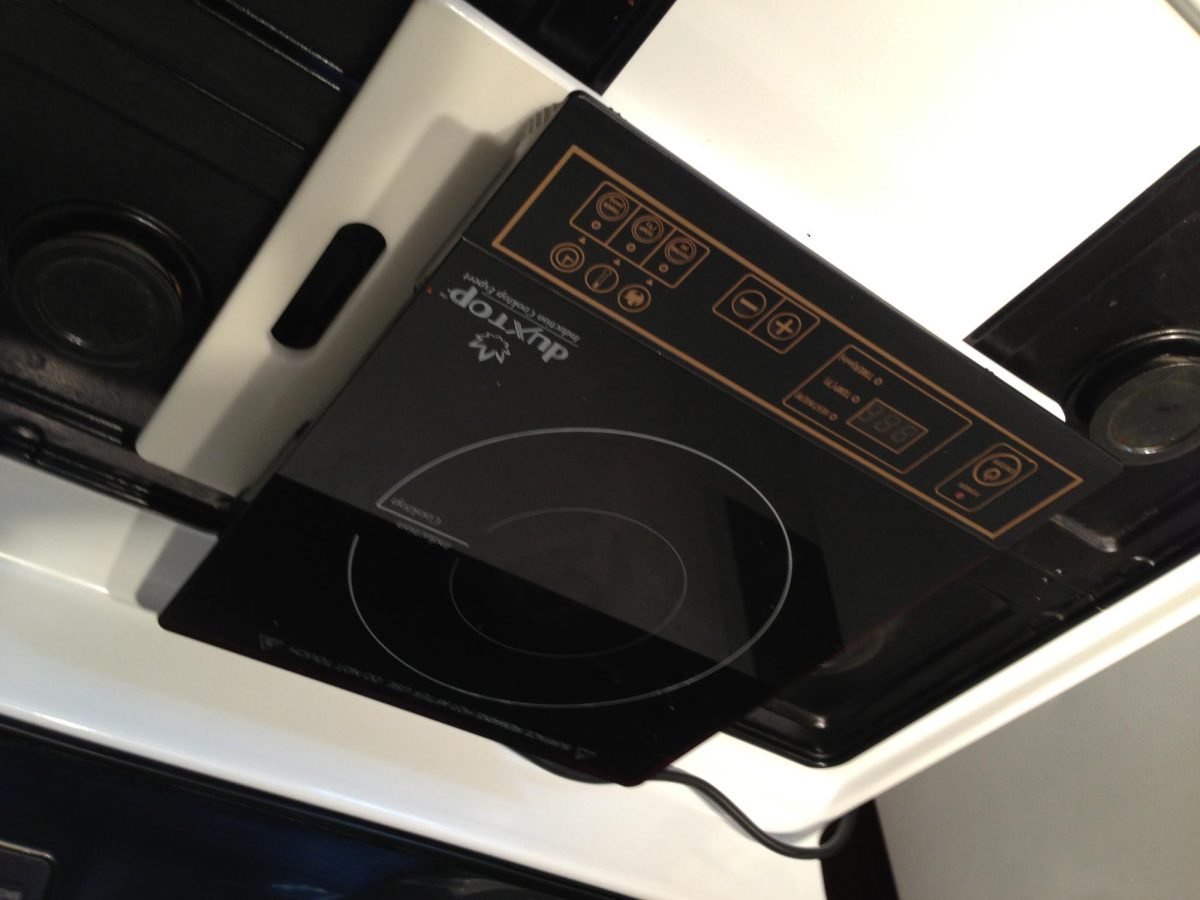This opinion piece was featured in CalMatters as a top ten finalist in their second annual Earth Day contest.
Gas. A couple of gallons can provide families a means of transportation across the expanse of California yet perpetuate toxic fumes seeping into the atmosphere. Every day, individuals must decide whether their commute to work is worth the future pain to the environment. But for many corporations and businesses, California has already made that decision for them.
California’s cap and trade program offers an economic incentive for businesses to reduce carbon emissions and invest in cleaner technologies. With this program, comes a hefty goal: reach 40 percent below 1990 greenhouse gas levels by 2030. Since its inception in 2012, the cap and trade program has invested $9.8 billion in projects expected to reduce greenhouse gas emissions in California while growing the state economy. The program is certainly effective and seemingly too good to be true. So, what’s the catch?
The cap and trade program works by setting a limit for the amount of CO2 emissions major polluters can release. This limit is turned into permits available for purchase by companies to release up to one metric ton of CO2 with the funds going into climate programs. The cap is lowered each year with the release of fewer permits to theoretically apply pressure on polluters to decrease carbon emissions.
Yet, analysis of state data from ProPublica showcased that California’s oil and gas industry has increased in carbon emissions by 3.5 percent since the cap and trade program started. This increase can be attributed to concessions the state has given to the oil and gas industry to keep the program alive. To further their carbon emissions, companies can purchase offsets to cancel their CO2 emissions by paying to protect trees or clean up coal mines. It’s as if you eat 30 fun-size Snickers candy bars and then plan to burn off the calories with a workout. Theoretically balanced on paper, but at the end of the day, you could be left with serious dietary complications from too much sugar and a healthy dislike of sweet treats. Moving carbon emissions around as if it’s a math equation doesn’t reduce carbon emissions: it just exacerbates the situation.
But that’s not all. An effective cap and trade program must set the price of carbon, or the price of permits offered to companies, effectively to create change. An effective carbon price bears the cost the public has to pay for carbon emissions, such as rising sea levels causing property damage or drastic weather changes causing health costs. Carbon pricing places the responsibility of climate change accrued costs and damages on producers. In a World Bank Report from 2019, the company recommends an average carbon price per metric ton between $40 and $80 to meet Paris climate goals while Asian Development Banks similarly recommend $25 to $35 per metric ton. California’s current carbon price per metric ton is $17.
In order to provide an effective cap and trade program, Californians running for office must support the decrease in the amount of offsets provided to companies and the increase of the carbon price per metric ton. Only then can we meet our 2030 goal successfully and help address climate change.
Ultimately, Californians running for office must ask themselves if the consequences for failing to meet the goals of cap and trade are strong enough to sway the public and major CO2 producers to change their habits. And maybe one day, that commuter chooses an environmentally friendly alternative to gas instead.









